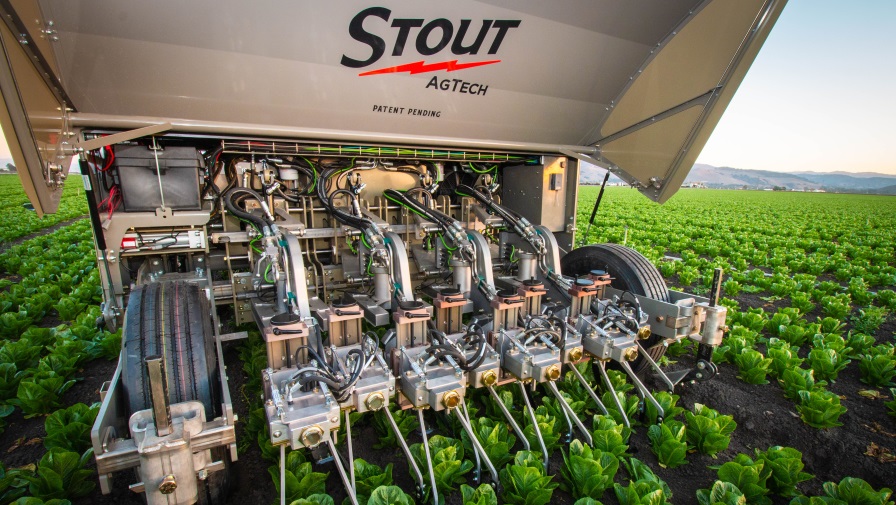Produce People, It’s Time To Pony Up [Opinion]
In late October, I attended a couple of conferences back to back in Anaheim, CA, that proved to be an enlightening experience as they were at opposite ends of the production system.
 It was kind of odd because they were held in reverse order — at least for me, though I doubt there were more than a handful of people who attended both. First up was the Produce Marketing Association’s (PMA) Fresh Summit at the Anaheim Convention Center, which was a huge, sparkling show, resplendent with the great fruit and vegetable products you will be seeing in the coming years. There was record attendance at this year’s show, a whopping turnout of 22,400, and I swear they were all there at about 3 p.m. Saturday, Oct. 25, as it was just about impossible to move through the aisles.
It was kind of odd because they were held in reverse order — at least for me, though I doubt there were more than a handful of people who attended both. First up was the Produce Marketing Association’s (PMA) Fresh Summit at the Anaheim Convention Center, which was a huge, sparkling show, resplendent with the great fruit and vegetable products you will be seeing in the coming years. There was record attendance at this year’s show, a whopping turnout of 22,400, and I swear they were all there at about 3 p.m. Saturday, Oct. 25, as it was just about impossible to move through the aisles.
The following day, PMA ended and the California Association of Pest Control Advisers (CAPCA) kicked off its annual conference at the Disneyland Hotel. CAPCA is obviously a much smaller show than PMA — though at least as interesting for people like me, as it’s focused on production. As you well know, there are a lot fewer people focused on producing food, perhaps 2%, as on consuming it — a solid 100%.
But, odd as it may sound, the folks who are marketing fresh produce don’t seem to be doing that great a job. Or perhaps, despite what the record PMA attendance shows, there’s just not enough oomph behind fresh produce marketing efforts.
I say that because Americans clearly don’t consume enough fruits and vegetables. Just the other day a study popped into my inbox about elementary school children in Corvallis, OR. It caught my eye because I like Corvallis, home to Oregon State University (OSU). I have attended a few conferences there. The study, reported in the Journal of Extension by scientists from OSU’s Linus Pauling Institute, found that about three-fourths of the students lacked an adequate intake of important nutrients.
The reason this was so surprising is that Corvallis is no “food desert,” i.e. an area with little access to fresh fruits and vegetables. It’s an inviting university town with many grocery stores, a free bus transit system, and some of the highest educational levels in the nation. In Corvallis, more than one-fourth of the residents have completed a graduate degree, which is more than double the national average.
Even more disturbing, though perhaps unsurprising given the study’s initial results, the researchers found that as the students grew from younger children into adolescents, their problems only got worse. The trend continued toward a diet focused on simple carbohydrates, low both in fiber and important micronutrients.
“It’s a really bad time to have a bad diet,” said Gerd Bobe, a member of the Healthy Youth Program at the Linus Pauling Institute.
Fruit grower associations — and the companies that have ousted some of them — need to think long and hard about how they can better serve our country’s youth by marketing their products more aggressively.
There’s more money being spent on advertising campaigns for single cereals than for entire categories in the produce aisle. Pony up, and everybody wins.









